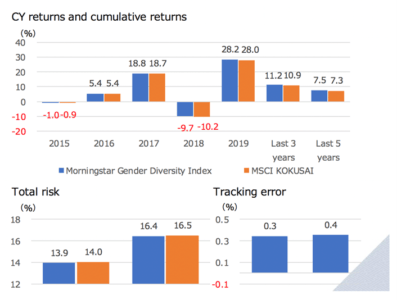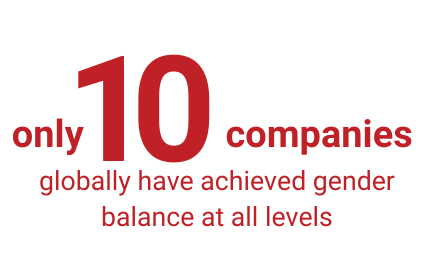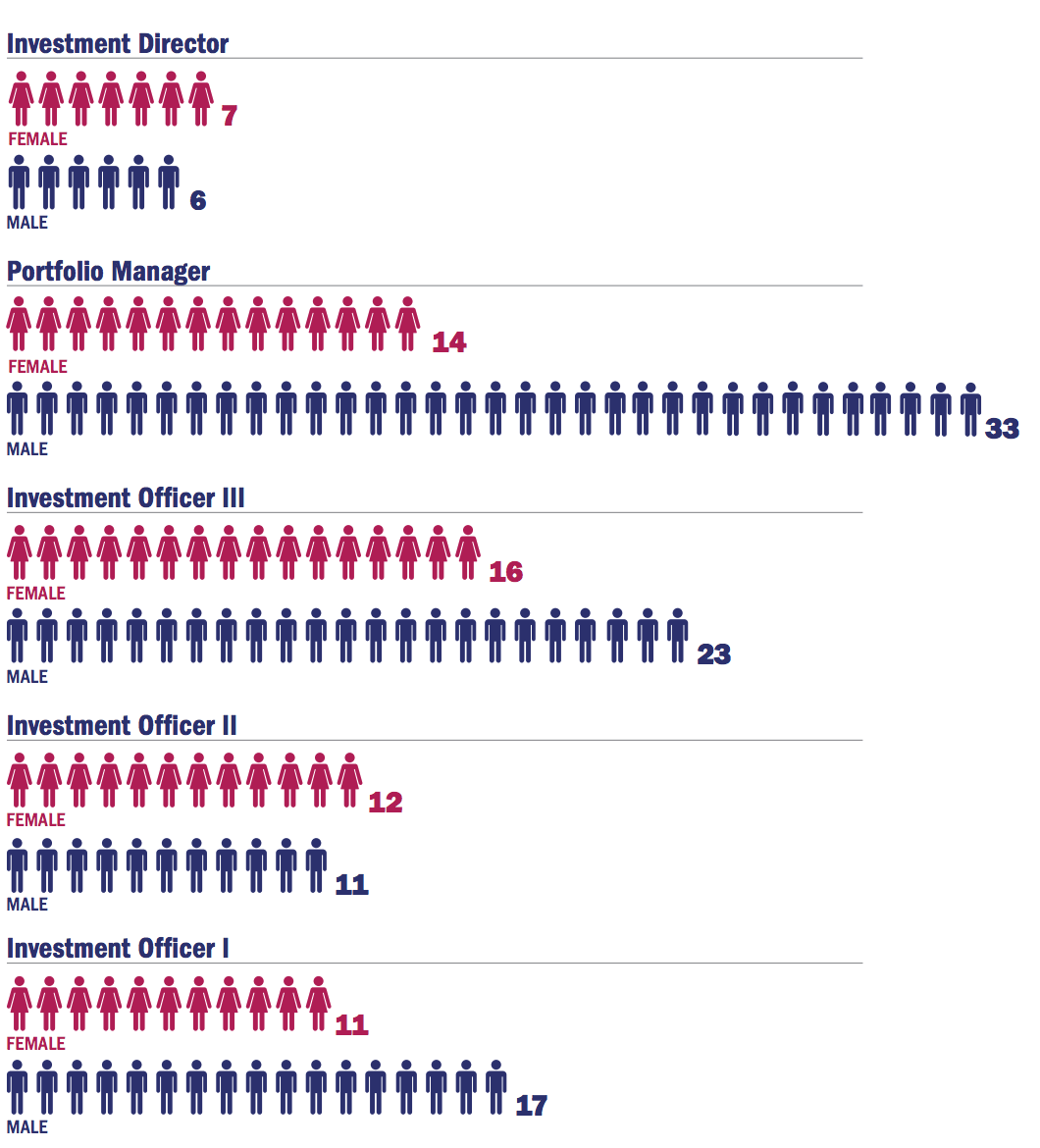When we think of a sustainable tomorrow, we likely think of a better tomorrow. Unfortunately, in one respect, that will not be true. Success in addressing climate change will leave us with a worse climate than we currently have.
In other words, the extreme weather events we are currently experiencing – the inconvenience of being evacuated from a flooded home in winter, or the hunger following damaged crops, or the loss of assets or lives to storms – these are all associated with about 1.1°C to 1.2°C of warming above pre-industrial levels. Success is currently defined as limiting warming to plus 1.5°C, which will be associated with extreme weather events that are much worse than now – both in frequency and severity.
So, in climate terms, ‘better’ does not mean ‘better than now’. It means ‘better than it could be’ if we don’t get emissions under control.
Then we ought to move ‘tomorrow’ from the abstract to the more tangible. Few of us have a single time horizon that matters above all others. Most of us not only care about our financial performance as at our retirement date, but also for multiple years beyond that. We can combine these two aspects into a single thought: the path we take from here into the evolving future really matters. That path can take us ever closer to a sustainable state, or further away, towards the cliff edge.
Now, we should remind ourselves that sustainability is bigger than the climate crisis. Within the suite of sustainability challenges calling for our attention I suggest there are three ‘biggies’: climate change, biodiversity loss and inequality. But a challenge doesn’t have to be a biggie to warrant attention. The UN Sustainable Development Goals remain the best ordering of the challenges. So while net-zero has stolen the current limelight, the SDGs are the real target.
I think we can now summarise our problem statement. How does the investment industry play a role in securing better futures – which means addressing the SDGs, navigating net-zero (mindful of the inevitable worsening of the climate), while risk managing the path we take between competing demands?
The prize, or opportunity, is a future where we no longer talk about ESG because all investment is sustainable; where all assets benefit from active stewardship; and where portfolios are managed to risk, return and impact goals – via a total portfolio approach that puts every investment into a competition to best meet those goals.
I hope you find that a motivating vision, but we should talk about how to realise it. I suggest there are four questions we need to ask ourselves, which will guide us to two portfolio actions.
The first question is legal, and asks us to consider how far we can pursue impact, while still complying with our fiduciary duty. We use the term ‘fiduciary window’ to describe the set of permissible investment strategies in terms of the financial and non-financial motivations. The key point is that the window is not static – it can shift or stretch. It is our belief, corroborated by polling within the Institute’s working groups, that the fiduciary window will move over the next five years to accommodate a stronger impact stance within the definition of fiduciary duty.
The second question is moral and is generally avoided within our industry. We don’t have time here to do it justice, so I will simply say that morals and ethics are intrinsic to being human. We carry our values with us, even into investment decisions. Being explicit about them will help. Even better would be a process of socialisation and translation into board/leadership beliefs and principles.
The philosophical question asks us to consider whether elements of the system can separate themselves out from ‘the rest’. Are we a discrete entity, or are we intrinsically interconnected with the rest of the system? For me, the resolution is best seen through universal ownership. An individual investee company might consider itself separate, and thereby see an opportunity to boost its profits by exploiting externalities. The universal owner, however, does not see the company as separate. In effect the owner’s response is “fine, you can give me higher profits by exploiting those externalities, but that just raises the costs for my other investee companies”.
The fourth question relates to time. Investment is generally an open-ended endeavour and not many of us can declare victory at a particular point in time. Being accountable does require us to report and monitor regularly, and the new net-zero commitments introduce milestones we will want to assess our progress towards. But most of us will only be able to declare victory when the last liability is settled, or the last DC drawdown is made. Anyone wishing to declare victory in the interim, could be looking to just extract value from the system.
“The investment industry – despite its name – doesn’t do much investment. We mainly shuffle ownership rights, even in private equity.”
A full consideration of these four questions will get us to the two portfolio actions:
Action #1 is active ownership including engagement. The resources of the investment industry are currently split 99 per cent to allocation activities and 1 per cent to ownership activities. We will not be able to address the sustainability challenges if we persist with this split. So, we need more resources, more collaboration, and likely a more aggressive stance when it comes to engagement and ownership.
Action #2 is new primary investment. If I am allowed to be a little provocative, the investment industry – despite its name – doesn’t do much investment. We mainly shuffle ownership rights, even in private equity. We don’t really have people in the right roles (finding investment opportunities, or ‘deal sourcing’), and we may not have the right skills in sufficient quantity to do primary investment at scale. And yet we need to. The climate challenge alone requires new investment on a staggering scale: new generating capacity, the electrification of everything, and the building of negative emissions technologies.
Investment decisions are never easy, because the future is always hidden. But investment feels much harder right now, and the stakes feel higher. I think the investment industry needs to go through transformational change for its own sake, as well as for the planet and humanity. Transformational change hurts, but the prize is so worth it: living and investing sustainably. The two actions suggested here will not be easy, but I think they are necessary.
Tim Hodgson is co-head of the Thinking Ahead Group, an independent research team at Willis Towers Watson and executive to the Thinking Ahead Institute.




